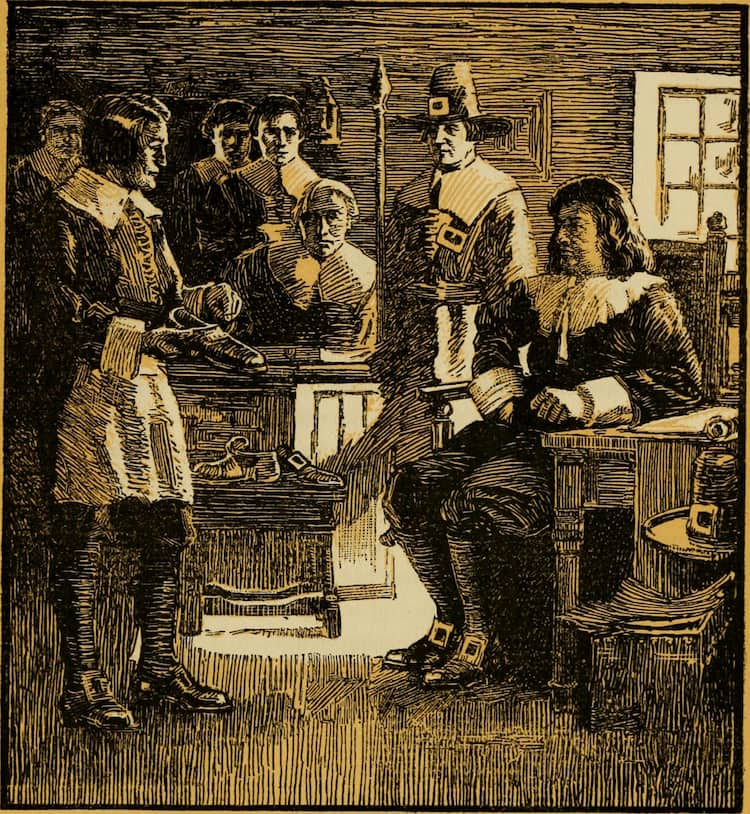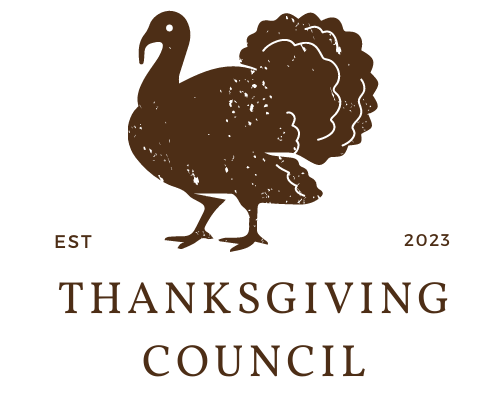I have to admit, I have a habit of romanticizing history. When I first started reading about the Mayflower, I pictured stoic, saint-like figures bravely sailing toward religious freedom. The reality, as it turns out, is so much more complicated and human. That iconic journey in 1620 was not a monolithic quest. In fact, only about half of the 102 passengers were the religious separatists we hear so much about. The rest were what the separatists themselves called strangers, ordinary people just looking for a fresh start and a shot at land and prosperity. Does that change the story immediately? It is a detail that makes the whole endeavor feel less like a pilgrimage and more like a desperate, messy, and incredibly brave gamble.
These separatists, by the way, were not fresh off the English farm. They had already been living in the Netherlands for over a decade, trying to build a life away from the Church of England. But life in Leiden was tough. They were working grueling jobs for little pay, and they were genuinely worried their kids were losing their English identity. Can you imagine? Uprooting your family not once, but twice, into complete uncertainty. The decision to leave for America was not a matter of divine certainty; it was a calculated risk based on real fears and limited options. Now, let us talk about the voyage itself. We see paintings of a sturdy ship gracefully cutting through the waves, but the truth was far from graceful. Exploring the true story of the Mayflower passengers, separating fact from myth about the Pilgrims and their challenging journey to the New World. Can you even imagine being cooped up in a space about the size of a modern tennis court with over a hundred other people for sixty-six days? The smell alone must have been unbearable. They were plagued by sickness, with sea-sick passengers huddled together in the damp, dark lower decks. Their beer, which they drank because water spoiled quickly, was running dangerously low. People died on that journey. It was not an adventure; it was a survival ordeal from the very first week. And then, they did not even end up where they were supposed to be. A combination of bad weather and navigational challenges meant they landed on the tip of Cape Cod, hundreds of miles north of their intended settlement in the Virginia Colony

This was a massive problem. They had no legal right to be there. This is where the famous Mayflower Compact comes in. It was not just a noble document about democracy; it was a practical solution to mutiny. The “strangers” were starting to grumble that since they were not in Virginia, the rules did not apply. So the leaders hastily drafted the Compact to create a new government, a social contract to keep everyone together. It is a powerful moment, born from pure necessity. That first winter in what would become Plymouth Colony was a nightmare. I think we gloss over the word “hardship” sometimes. But the truth is, it was catastrophic. Disease, exposure, and malnutrition killed half of the passengers and crew. Half. Think about the sheer scale of that loss. Families were shattered. Of the eighteen adult women who arrived, only four survived that first brutal season. Their resilience is a story we do not tell enough. These women were trying to keep children alive, cook whatever meager food was available, and maintain some semblance of a home, all while grieving and starving in a frozen, unfamiliar land. What saved them, in the end, was not just their own grit but the incredible assistance of the Native people already living there, particularly a man named Tisquantum, or Squanto. Isn’t it ironic? The story often focuses on the Pilgrims’ perseverance, but without Squanto teaching them how to plant corn using fish as fertilizer and how to navigate the local environment, the entire venture would likely have collapsed. He was their crucial lifeline, a fact that adds another deep layer of complexity to this foundational American story. So, what is the real legacy of the Mayflower passengers? For me, it is not about perfect heroes. It is about imperfect people making impossible choices. It is a story of a diverse group of religious zealots, adventurers, and hired hands who had to figure out how to govern themselves and survive against staggering odds. Their success was not guaranteed; it was messy, tragic, and depended heavily on both luck and the help of others. That feels like a much more human, and in many ways a more inspiring, story to me. It is a reminder that history is made by real people, with all their fears, conflicts, and capacity for endurance. If you want to dive deeper into the primary sources, you can read the text of the Mayflower Compact itself at the National Archives.
References
Bradford, W. (1856). History of Plymouth Plantation (Original work published 1651). Little, Brown and Company. Digitized copy available at Internet Archive: https://archive.org/details/historyofplymout00brad
Deetz, J., & Deetz, P. S. (2000). The Times of Their Lives: Life, Love, and Death in Plymouth Colony. W. H. Freeman and Company. Publisher page: https://us.macmillan.com/books/9780805047406/the-times-of-their-lives
Philbrick, N. (2006). Mayflower: A Story of Courage, Community, and War. Viking Press. Publisher page: https://www.penguinrandomhouse.com/books/129646/mayflower-by-nathaniel-philbrick/
National Park Service. (2021). Mayflower II and Plymouth Rock. https://www.nps.gov/plim/index.htm

